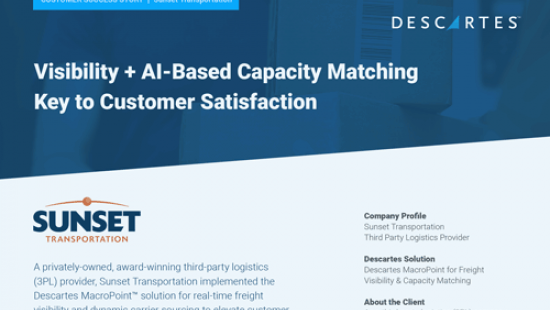TRANSPORTATION MANAGEMENT FAQs
What is a truck load board?
Supply chain visibility is the ability to track the progress of your products throughout their lifespan, as they travel from suppliers of raw materials to manufacturers producing finished products to end customers receiving final delivery.
In this Article...
- toc

How do trucking load boards work?
Truck load boards allow you to post or search for loads using a number of different criteria, such as material type, weight, volume, refrigerated or non-refrigerated, etc.
What are some of the additional services a load board might provide for both freight brokers and carriers?
Depending on the board, these additional services might be available:
- Automatic load matching
- Credit information/days-to-pay for participating companies
- Message boards
- FMCSA (Federal Motor Carrier Safety Administration) verification
- Financing of pre-approved loads by offering access to factoring sources
- Mobile access to the board from a tablet or smart phone
What are some general disadvantages of load boards?
Each load board offers a limited network that represents only a portion of the capacity universe. Relying on truck load boards alone does not give you the most comprehensive view of your options. Additionally, load boards often contain outdated or unverified information, which can be particularly problematic when overall capacity is severely limited, and you need to move quickly. This means initial matches may not always be valid or accurate and you may have to repeat the process.
What are some of the advantages of technology-based load matching solutions versus the manual process of searching load boards?
Best-in-class load matching technology solutions use artificial intelligence (AI) to make matches quickly, using verified data. They also reach into multiple networks simultaneously, meaning you have many more options available at your fingertips at one time. This can drastically reduce the time you have to spend searching and verifying matches. You can cover more loads quickly, reduce headaches caused by mismatches, quickly overcome capacity crunches, and free up staff resources to focus on other tasks. These modern solutions help to keep the supply chain moving efficiently by minimizing capacity waste and drastically speeding up the matching process for carriers and shippers alike.
Learn more about supply chain visibility


